Dylan Wheeler
Autoencoder-Based Domain Learning for Semantic Communication with Conceptual Spaces
Jan 29, 2024



Abstract:Communication with the goal of accurately conveying meaning, rather than accurately transmitting symbols, has become an area of growing interest. This paradigm, termed semantic communication, typically leverages modern developments in artificial intelligence and machine learning to improve the efficiency and robustness of communication systems. However, a standard model for capturing and quantifying the details of "meaning" is lacking, with many leading approaches to semantic communication adopting a black-box framework with little understanding of what exactly the model is learning. One solution is to utilize the conceptual spaces framework, which models meaning explicitly in a geometric manner. Though prior work studying semantic communication with conceptual spaces has shown promising results, these previous attempts involve hand-crafting a conceptual space model, severely limiting the scalability and practicality of the approach. In this work, we develop a framework for learning a domain of a conceptual space model using only the raw data with high-level property labels. In experiments using the MNIST and CelebA datasets, we show that the domains learned using the framework maintain semantic similarity relations and possess interpretable dimensions.
Knowledge-Driven Semantic Communication Enabled by the Geometry of Meaning
Jun 05, 2023



Abstract:As our world grows increasingly connected and new technologies arise, global demands for data traffic continue to rise exponentially. Limited by the fundamental results of information theory, to meet these demands we are forced to either increase power or bandwidth usage. But what if there was a way to use these resources more efficiently? This question is the main driver behind the recent surge of interest in semantic communication, which seeks to leverage increased intelligence to move beyond the Shannon limit of technical communication. In this paper we expound a method of achieving semantic communication which utilizes the conceptual space model of knowledge representation. In contrast to other popular methods of semantic communication, our approach is intuitive, interpretable and efficient. We derive some preliminary results bounding the probability of semantic error under our framework, and show how our approach can serve as the underlying knowledge-driven foundation to higher-level intelligent systems. Taking inspiration from a metaverse application, we perform simulations to draw important insights about the proposed method and demonstrate how it can be used to achieve semantic communication with a 99.9% reduction in rate as compared to a more traditional setup.
Semantic Communication with Conceptual Spaces
Oct 04, 2022

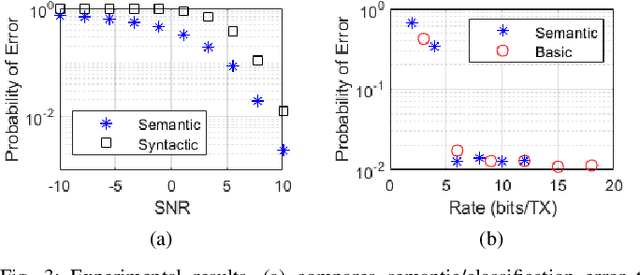
Abstract:Despite the fact that Shannon and Weaver's Mathematical Theory of Communication was published over 70 years ago, all communication systems continue to operate at the first of three levels defined in this theory: the technical level. In this letter, we argue that a transition to the semantic level embodies a natural, important step in the evolution of communication technologies. Furthermore, we propose a novel approach to engineering semantic communication using conceptual spaces and functional compression. We introduce a model of semantic communication utilizing this approach, and present quantitative simulation results demonstrating performance gains on the order of 3dB.
Engineering Semantic Communication: A Survey
Aug 12, 2022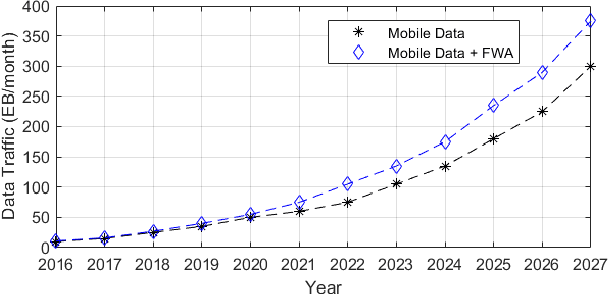

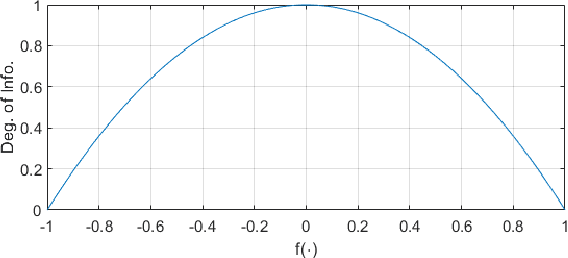

Abstract:As the global demand for data has continued to rise exponentially, some have begun turning to the idea of semantic communication as a means of efficiently meeting this demand. Pushing beyond the boundaries of conventional communication systems, semantic communication focuses on the accurate recovery of the meaning conveyed from source to receiver, as opposed to the accurate recovery of transmitted symbols. In this work, we aim to provide a comprehensive view of the history and current state of semantic communication and the techniques for engineering this higher level of communication. A survey of the current literature reveals four broad approaches to engineering semantic communication. We term the earliest of these approaches classical semantic information, which seeks to extend information-theoretic results to include semantic information. A second approach makes use of knowledge graphs to achieve semantic communication, and a third utilizes the power of modern deep learning techniques to facilitate this communication. The fourth approach focuses on the significance of information, rather than its meaning, to achieve efficient, goal-oriented communication. We discuss each of these four approaches and their corresponding works in detail, and provide some challenges and opportunities that pertain to each approach. Finally, we introduce a novel approach to semantic communication, which we term context-based semantic communication. Inspired by the way in which humans naturally communicate with one another, this context-based approach provides a general, optimization-based design framework for semantic communication systems. Together, this survey provides a useful guide for the design and implementation of semantic communication systems.
Asynchronous Multiuser Detection for SCMA with Unknown Delays: A Compressed Sensing Approach
Aug 12, 2022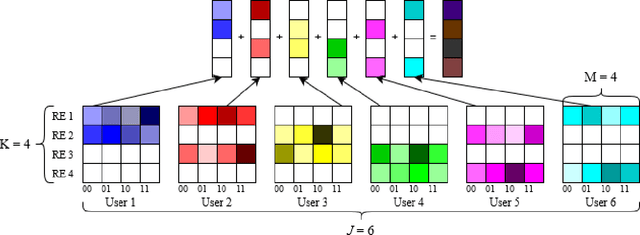

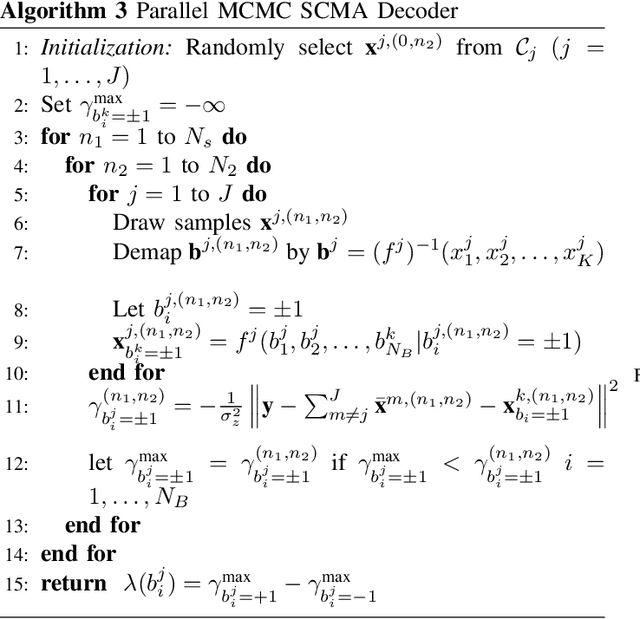
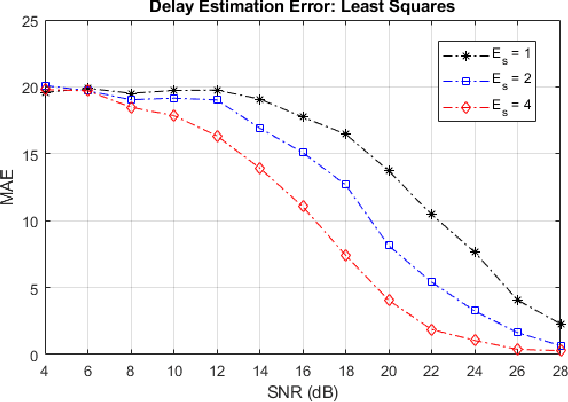
Abstract:Despite being the subject of a growing body of research, non-orthogonal multiple access has failed to garner sufficient support to be included in modern standards. One of the more promising approaches to non-orthogonal multiple access is sparse code multiple access, which seeks to utilize non-orthogonal, sparse spreading codes to share bandwidth among users more efficiently than traditional orthogonal methods. Nearly all of the studies regarding sparse code multiple access assume synchronization at the receiver, which may not always be a practical assumption. In this work, we aim to bring this promising technology closer to a practical realization by dropping the assumption of synchronization. We therefore propose a compressed sensing-based delay estimation technique developed specifically for an uplink sparse code multiple access system. The proposed technique can be used with nearly all of the numerous decoding algorithms proposed in the existing literature, including the popular message passing approach. Furthermore, we derive a theoretical bound regarding the recovery performance of the proposed technique, and use simulations to demonstrate its viability in a practical uplink system.
 Add to Chrome
Add to Chrome Add to Firefox
Add to Firefox Add to Edge
Add to Edge